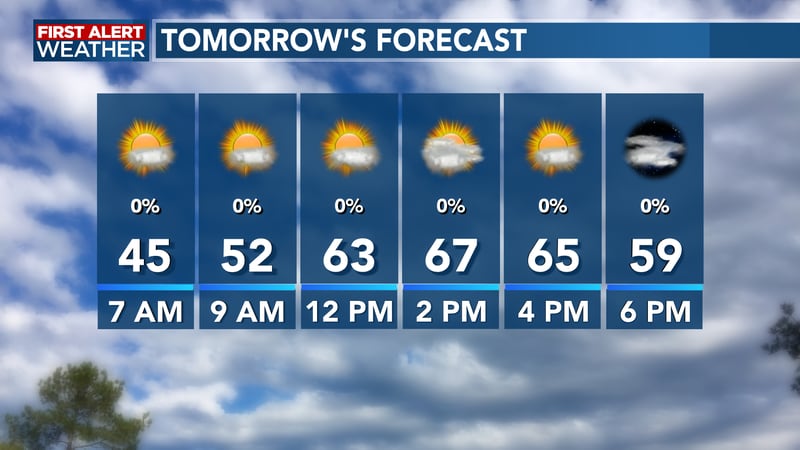Hurricane Otis’ shockingly rapid intensification raises eyebrows in storm-prone Louisiana
NEW ORLEANS (WVUE) - Louisiana has so far been safe from hurricanes in 2023, but what transpired in the hours leading up to Hurricane Otis’ landfall last week in Mexico is both eye-opening and unsettling.
The storm underwent a process known as “rapid intensification,” transforming from a tropical storm to a Category 5 hurricane in just 12 hours, bringing 160-mph winds to the city.
Wind speeds jumped by 115 mph in a single day. It normally takes much longer for that kind of increase. Otis’ intensification rate is the second fastest recorded in modern times, the National Hurricane Center reported. “Explosive intensification” continued throughout the day into the nighttime hours, in what was described as a “nightmare scenario” by Eric Blake at the NHC.
“This is an extremely serious situation for the Acapulco metropolitan area with the core of the destructive hurricane likely to come near or over that large city early on Wednesday. There are no hurricanes on record even close to this intensity for this part of Mexico,” the NHC advisory warned.
Otis made landfall near Acapulco on Oct. 25. Tragically, nearly 50 lives were lost, and 80 percent of the city’s buildings sustained significant damage.
Weather prediction models failed to capture the magnitude of intensification that occurred, in part due to a dearth of data. Several experts, including director of the National Hurricane Center Michael Brennan, noted that there are very few instruments—such as ocean buoys or radar—available to evaluate hurricane strength in the East Pacific, leaving forecasters reliant on satellite data.
Hurricane Otis serves as a sobering example of the concerning trend of rapid storm intensification. Meteorologists were left astounded by the swiftness of this transformation, raising questions about evacuation procedures in the face of such accelerated threats.
“There is no exercise. We’re going from a tropical storm to Cat 5 in one day. How do you evacuate an area in that amount of time?” said Jefferson Parish President Cynthia Lee Sheng,
“It becomes so much more difficult. The timeline we have now about getting the coast evacuated in a two or three-day timeline... we’re not going to have that,” said Fox 8 Meteorologist Nicondra Norwood.
This raises the urgency for residents in hurricane-prone areas like south Louisiana to be better prepared, not just for major hurricanes, but for smaller storms as well.
See also: Hurricane rapid intensification looks to be our new normal
Officials recommend fortifying roofs and keeping essential supplies such as water, canned food, and batteries readily available. Evacuation remains the safest option, but the reduced time frame necessitates greater individual preparedness.
“It is something that people have to wrap your mind around because it’s a different kind of normal that we have to brace ourselves for,” said Sheng.
Sheng says that this shift is part of a broader climatological trend, including 41 days of record-high temperatures, a drought-driven saltwater wedge, and marsh fires that have led to deadly traffic accidents.
While Hurricane Otis impacted the Pacific, Norwood pointed out a similar occurrence in the Gulf of Mexico five years ago when Hurricane Michael rapidly intensified into a Category 5 storm, devastating Mexico Beach, Florida.
The message is clear: the time to prepare for these evolving challenges is now.
See a spelling or grammar error in our story? Click Here to report it. Please include the headline.
Subscribe to the Fox 8 YouTube channel.
Copyright 2023 WVUE. All rights reserved.









